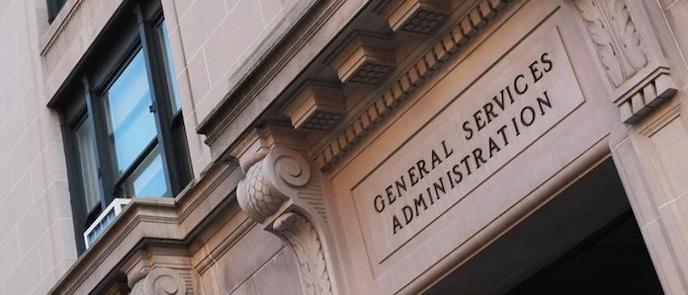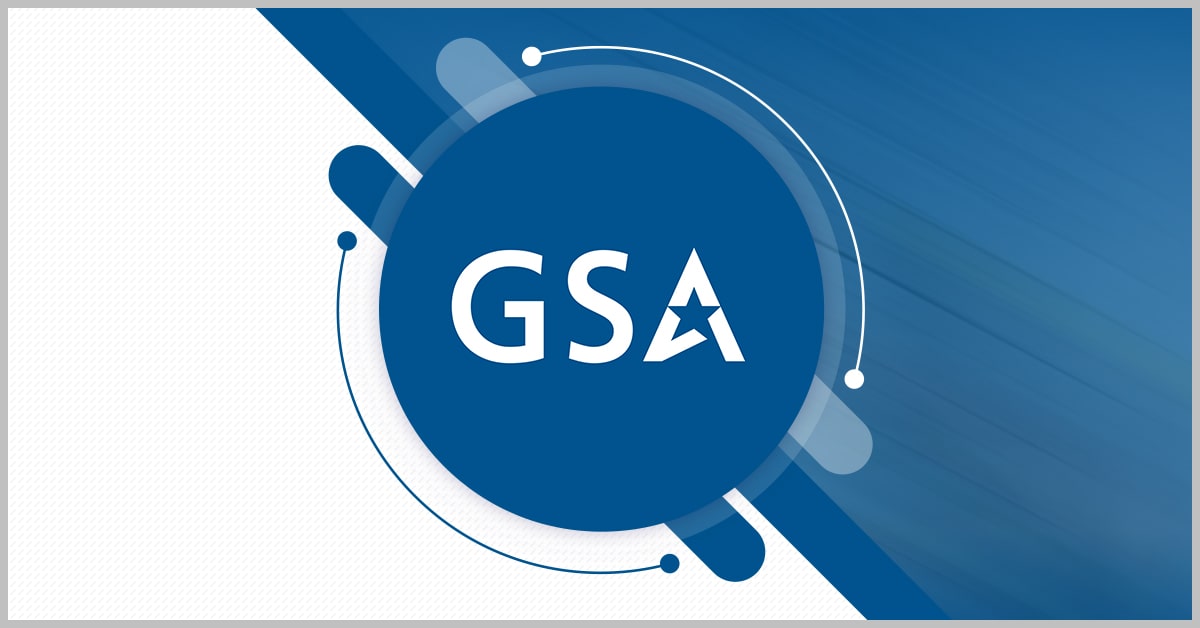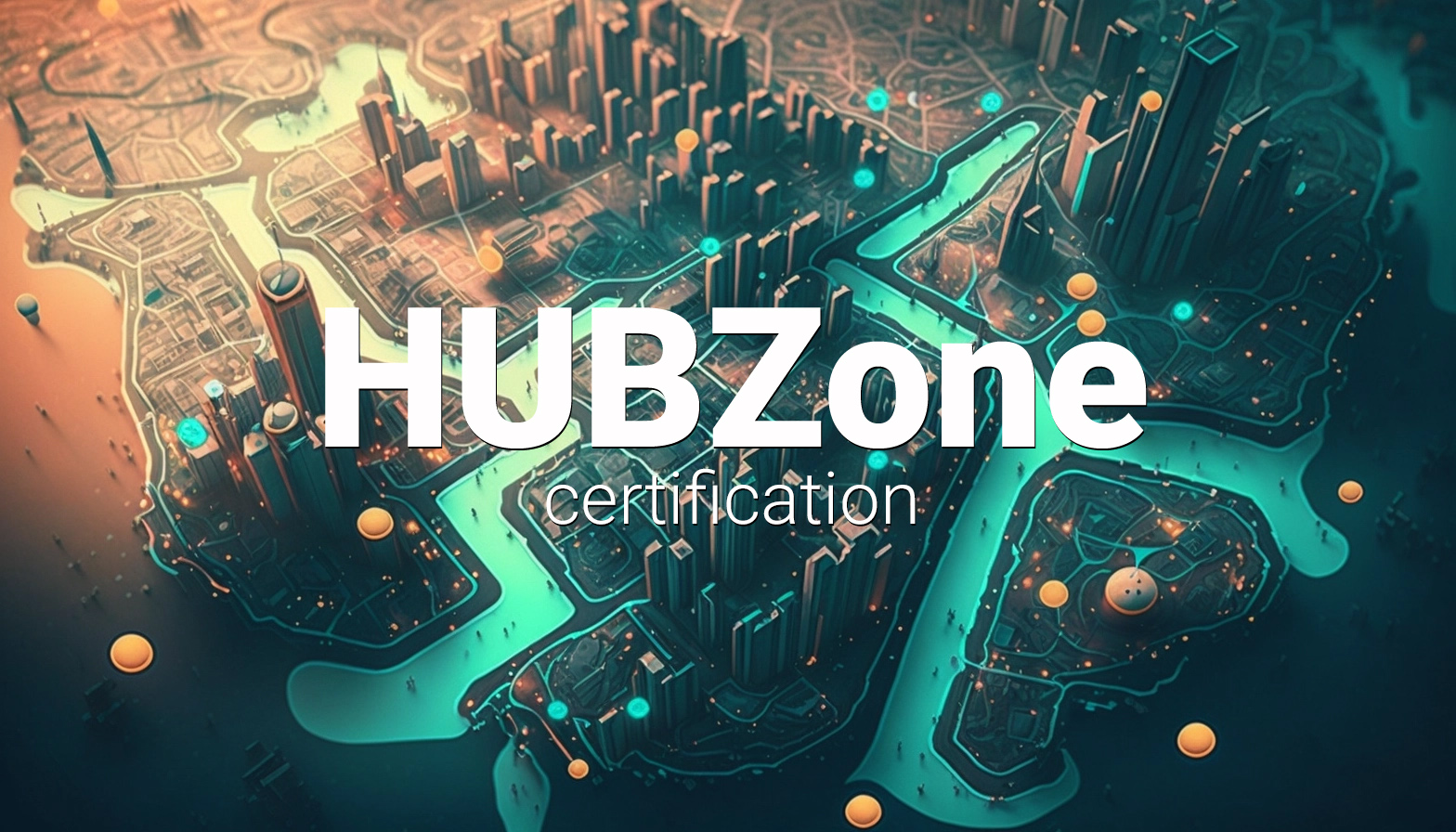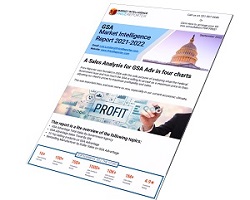Avoid Suspension—Update Your GSA Advantage! Order Status
As a GSA schedule holder, it’s crucial to stay on top of your order status to avoid suspension. Suspension can impact your ability to do business through the GSA’s platforms, limiting your access to potential customers. To ensure smooth operations and continued success, keep your GSA Advantage! order status updated is paramount. Reporting your GSA Advantage! order status plays a crucial role in ensuring transparency and meeting customer expectations. Failure to do so not only leads to concerned inquiries but can also result in suspension from key platforms like GSA Advantage and GSA eBuy. Let’s delve into what you need to know about reporting order status and navigating potential suspensions.












